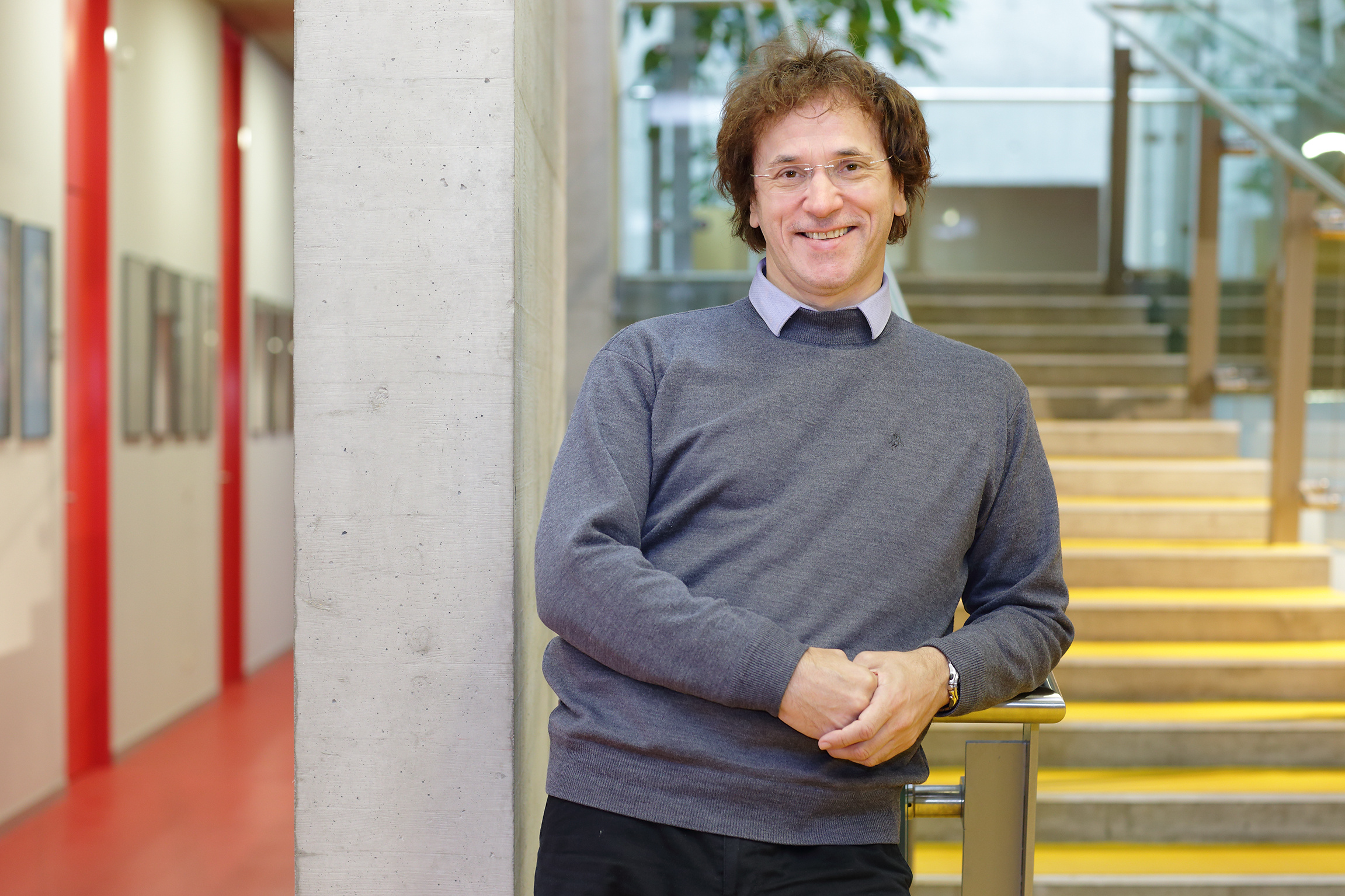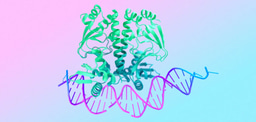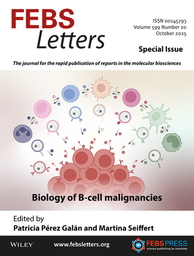Visions: Josef Penninger, Scientific Director of the IMBA, Austria


I would describe the current landscape in Austria and European academic research as dynamic, diverse and growing. At the same time, there is still a long way to go to catch up with the best countries in the world.
The progress of society and science builds on intellectual freedom, science education and public discovery as well as free access to data. Yet current political developments in Europe could weaken our continental academic “powerhouse”. I hope that this trend will not persist so that academics in the whole world can work together towards a global knowledge society tackling the future. I would also wish that Austria stops being small in its vision: Mozart lived more than 200 years ago and therefore cannot be our future.
In this landscape IMBA brings along an interesting history: Our institute, the Institute of Molecular Biotechnology (IMBA), was initiated by the Austrian Academy of Sciences and the pharmaceutical company Böhringer Ingelheim. In 2003 the first research group started. Now, 15 years later, IMBA has grown into the biggest Institute of the Austrian Academy of Sciences and is attracting excellent scientists from all over the world. Our research groups aim to decipher molecular processes in cells: the fields of research comprise molecular and cell biology, stem cell and organoid research, small RNA biology, neurobiology, disease modelling and epigenetics. At the same time IMBA is an important pillar of the Vienna BioCenter, which has become a leading life science location in Europe – a thriving campus for basic research and multiple biotech companies.
Most important milestones for IMBA in the past ten years: How does a research institute grow from a dot in the global landscape to something everybody notices? In the end it is about finding the right people, and giving them academic and financial freedom while keeping narcissistic politics away – then key discoveries that shift paradigms will follow.
In such a small country like Austria we cannot compete with quantity. But we can put “a little salt” onto basic research to benefit society. For example, we identified a fundamental molecular pathway that initiates breast cancer – and, recently, lung cancer – based on evolutionary principles on a pathway that regulates bone metabolism. Thus, an already licenced drug against osteoporosis to block this target could also play a role for preventative therapies for breast and lung cancer – a clinical trial to test this will start this year.
To mention some research from our “science Lionel Messis”: Julius Brennecke’s group deciphered pathways of ancient evolutionary defence systems against genome parasites; Daniel Gerlich gained completely new insights into biophysical properties of chromosomes, which help to understand cell division more holistically; and Juergen Knoblich’s IMBA group generated the first human cerebral organoids, which was deemed impossible – the brain being the most complex tissue known. This method is totally transforming neurobiology and might have enormous future impact in the pharmaceutical industry and could possibly lead even to medical applications. I could name many other discoveries – what is great to see is that the young scientists we have hired are all doing extremely well. It is one thing that “old scientists” succeed but something entirely different to set up an institute where “the young ones” do much better than myself – a true pleasure.
My vision about IMBA’s future is that we continue to solve unsettled issues in molecular biology that have not only scientific but also societal implications, and that bear the potential for cutting-edge technologies. IMBA should always allow us to remain playful, open and unprejudiced.
When recruiting new group leaders, we look for bright and curious minds. We are looking for people who ask key biological questions and use and develop state-of-the-art technologies to drive their science; people who are driven, passionate, love what they are doing and who can convey this enthusiasm to others. We are also looking for group leaders with outstanding interpersonal skills and mentoring abilities to foster a next generation of independent thinkers. Also, we are not large enough to have group leaders with big egos – in the end it is much more fun to work together and help and support each other. As Oliver Smithies once told me: if you talk to ten people, two will steal your ideas, but the other eight might give you an even better idea.
The greatest challenge ahead is to move on from building up a new institute – which grew into an international hotbed of science – to “institutional adulthood” with all its bureaucracies and idiosyncrasies and the politics needed to secure funding for innovative research. We should rather follow our vision and treat everyone with respect. In other words, one of the biggest challenges is to continue playing in the “champions league of research” while having fun.
What motivates me is the incredible beauty in science and that science tells the most amazing stories. One just has to look and listen.





Join the FEBS Network today
Joining the FEBS Network’s molecular life sciences community enables you to access special content on the site, present your profile, 'follow' contributors, 'comment' on and 'like' content, post your own content, and set up a tailored email digest for updates.